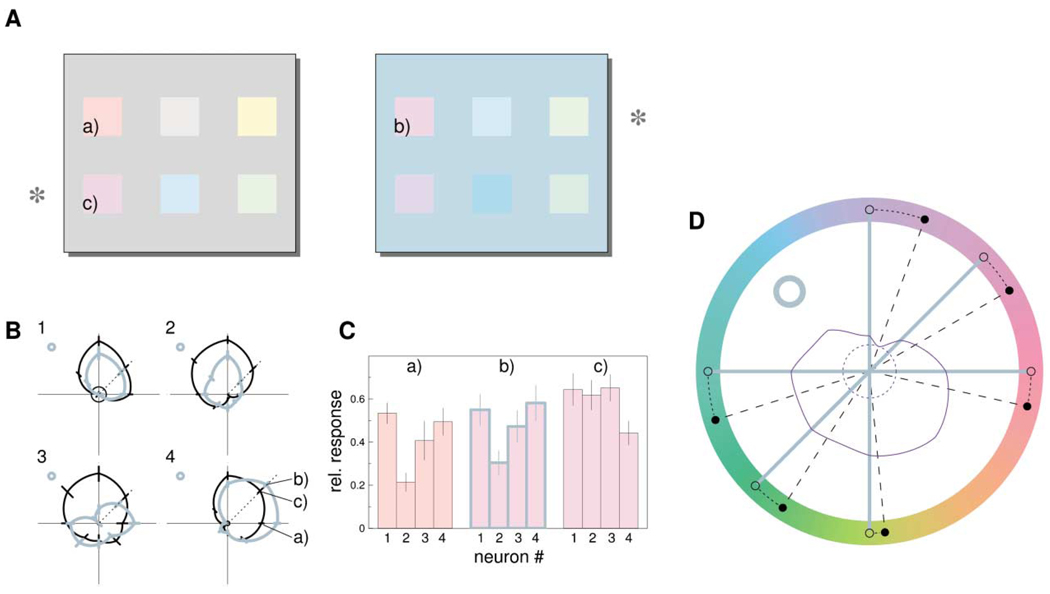Figure 8. Estimation of Stimulus Color from Population Response.
(A) Perceptual effect of background color. The rows of color patches marked by asterisks are physically identical, but they are displayed on different backgrounds and therefore look different. For example, patch (b) looks more similar to the physically different patch (a) than to the physically identical patch (c).
(B) Four of the tuning curves of Figure 3, rotated in color space such that the respective directions of the background chromaticities (gray circles) are aligned, to mimic the background conditions in (A). Responses to patches (a)–(c) were estimated from the data points on the appropriate tuning curves in the 0° and 45° directions.
(C) Estimated responses to patches (a)–(c) for the four neurons in (B). Responses are scaled relative to maximum firing rate for each neuron individually. The response pattern elicited by patch (b) is more similar to that for patch (a) than to that for (c), corresponding to the perceptual situation.
(D) Induced color shifts estimated from 94 tuning curve pairs. For responses to six stimulus chromaticities (open dots) on bluish background (bluish circle), those chromaticities (black dots) were determined that yielded the most similar responses when presented on a gray background. Responses were considered as 94-dimensional vectors and similarity was measured by Euclidean distance. The dark purple curve shows, for the 90° (+S) stimulus on bluish background, the response vector distance as function of chromatic direction. The minimum occurs at a direction that is shifted from the 90° direction, away from the background direction. The dashed dark purple circle denotes the minimum distance, for easier visual inspection of the distance curve. For the other directions tested, similar shifts were obtained. Thus, qualitatively, the background has the same inducing effect as in perception.

